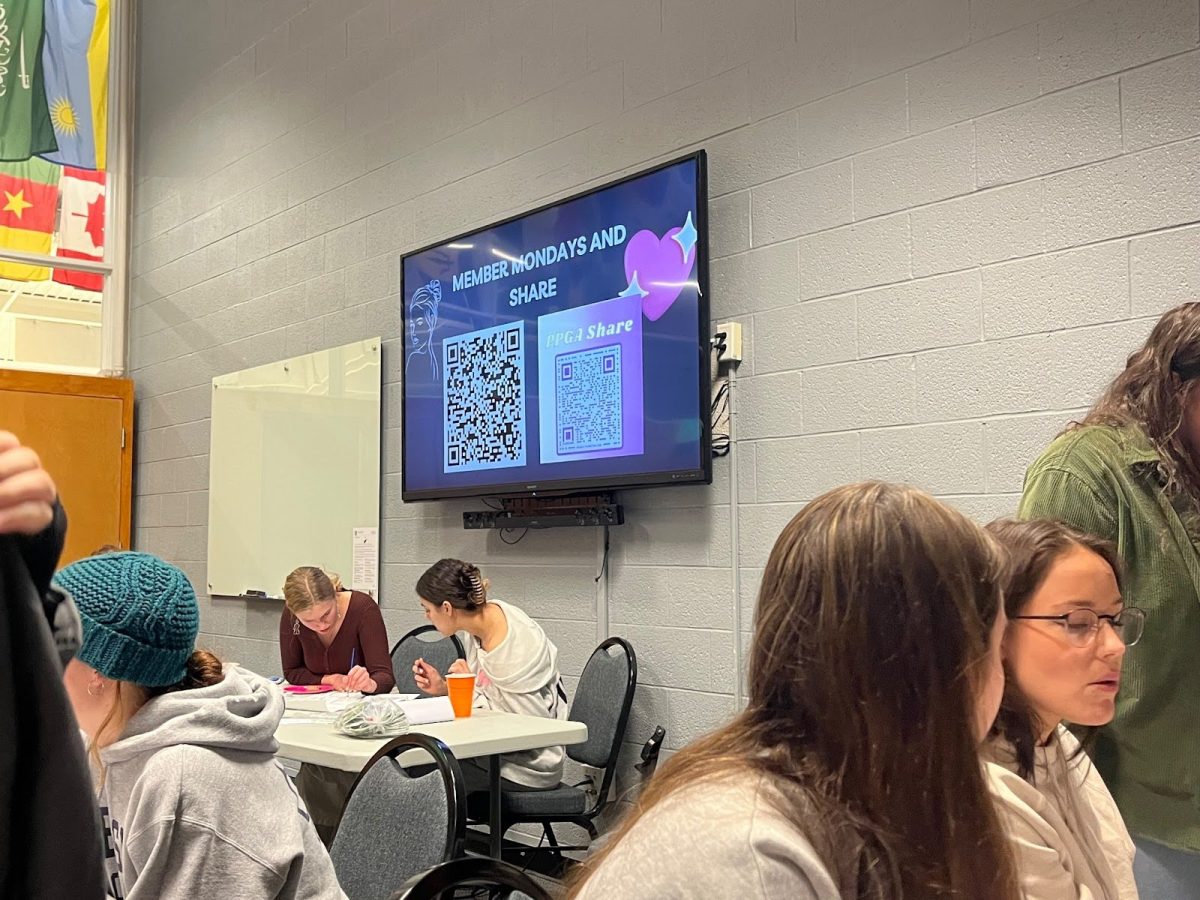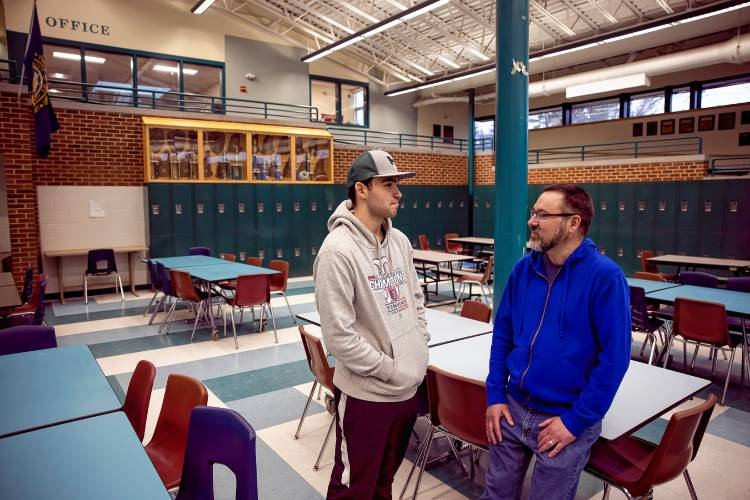By Logan Hill, Staff Writer
The danger of galactic radiation to astronauts venturing into deep space may be getting worse, according to a paper by University of New Hampshire Professor Nathan Schwadron.
Schwadron is the principle investigator for CraTER, the Cosmic Ray Telescope for the Effects of Radiation. CraTER is an instrument aboard the Lunar Reconnaissance Orbiter, a NASA satellite which measures the biological effects of radiation.
The device uses a technology called tissue equivalent plastic, a plastic which mimics human tissue, to make its measurements.
“These were some of the first measurements that tried to put together a record of biological radiation impact that has been measured over the last couple solar cycles and putting that in relation to the long term trend,” Schwadron said.
What Schwadron found in his research showed a consistent trend — every 11 years, the sun goes through a period of enhanced activity.
This activity inflates the magnetic fields within the heliosphere, shielding people from the galactic radiation outside. In periods where the sun has less activity, the fields in the heliosphere reduce and the galactic radiation fluxes again.
“That trend up and down will continue to go on — the problem is when you have high levels of galactic cosmic radiation, they’re going to higher levels than what we’ve seen in previous cycles,” Schwadron said.
The higher levels of radiation are a big deal for astronauts venturing into deep space.
“Those levels of radiation would be harmful to any organism,” Schwadron said.
Recently, the sun has had very low activity — levels unseen in almost 100 years.
“It’s something that is going to get worse,” Schwadron said.
Schwadron says that this means scientists will have to consider these changes when planning deep-space astronaut missions, targeting periods of low radiation to avoid exposure.
This timing was used on missions conducted in the Apollo era.
“It also forces us, if we’re going to go during periods of strong solar activity, we have to be aware of the other factors that affect radiation in space. In particular, the sun itself becomes a source of radiation during those periods, through solar energetic particle events,” Schwadron said.
So even if scientists target periods of low galactic radiation — when the sun is most active and blocks the most radiation from outside the heliosphere — the increased solar activity will generate solar energetic particle events, which will still bombard deep-space astronauts from radiation, this time from within.
“The first thing is that we need to get better at predicting solar energetic particles in general,” Schwadron said.
He is continuing his research on CraTER, measuring radiation in our heliosphere but is also working in the field on another project — PREDICCS — which is used to help predict these solar energetic particle events.
“This will involve understanding better how changes in the sun affect galactic cosmic rays; we’re going to have to have a more thorough understanding of … how galactic rays move through our solar system,” Schwadron said.
Schwadron is continuing his work in measuring galactic radiation and hopes to be able to better predict these solar energetic particle storms in the future.




















